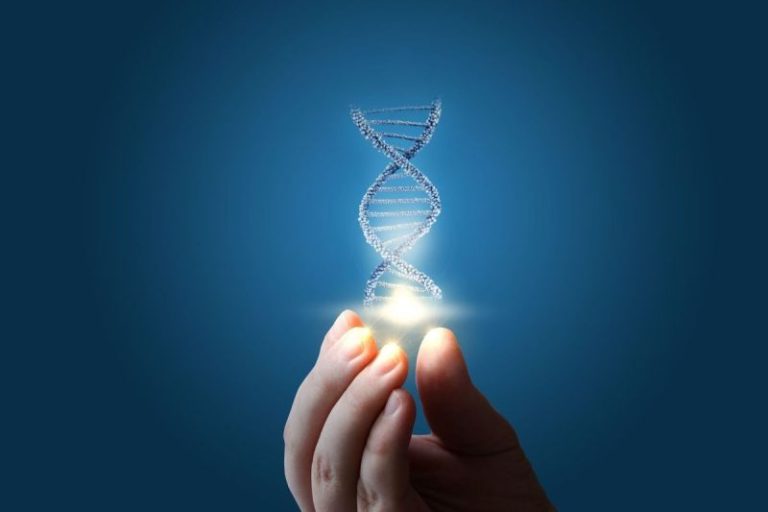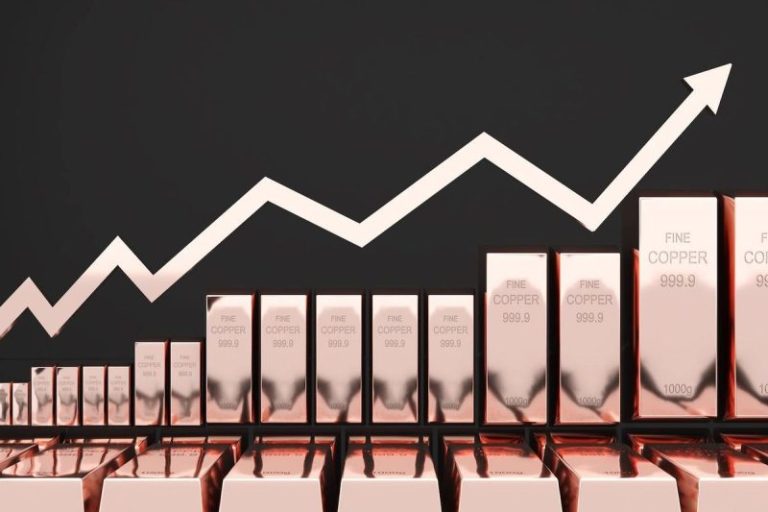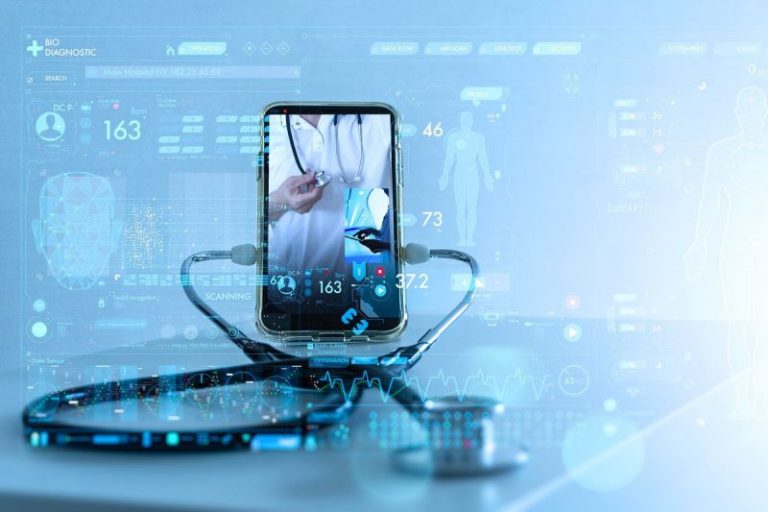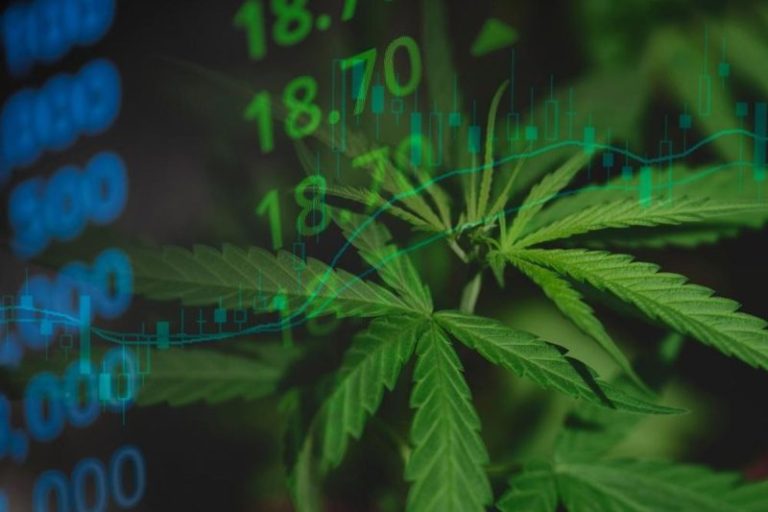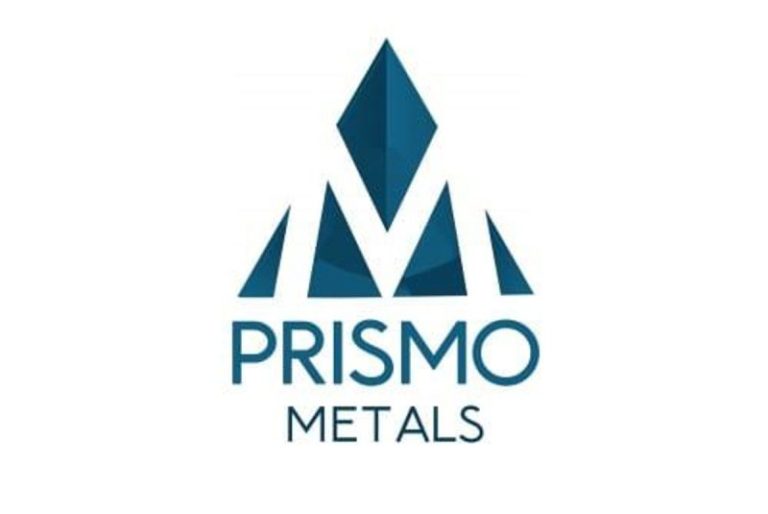(TheNewswire)
Anchors to:
Drill hole LBX25-095
including:
including:
-
0.50 m @ 3.30 g/t Au,17.8 g/t Ag and 6.84% Zn (188.00 m to 188.50 m),
-
2.40 m @ 3.00 g/t Au and 0.78% Zn (190.10 m to 192.50 m), and
-
0.55 m @ 12.15 g/t Au, 16.1 g/t Ag and 2.66% Zn (191.10 m to 192.50 m).
Drill hole LBX25-096
-
0.60 m @ 2.78 g/t Au, 6.30 g/t Ag and 0.62% Zn (40.60 m to 41.20 m), and
-
55 m @ 9.59 g/t Au, 5.50 g/t Ag and 0.11% Zn (42.00 m to 42.55 m).
TORONTO, ONTARIO (January 7, 2026) – TheNewswire – LAURION Mineral Exploration Inc. (TSX-V: LME | OTC: LMEFF | FSE: 5YD) (‘LAURION’ or the ‘Corporation’) is very pleased to report assay results of the first two drill holes from recent diamond drilling at the A-Zone/McLeod/CRK Zone at the Ishkōday Project, located in the Beardmore–Geraldton Greenstone Belt of north-western Ontario, approximately 220 kilometres northeast of Thunder Bay.
The current drill program focuses on the A-Zone/McLeod/CRK Zone, a structurally controlled gold-base metal corridor where historic drilling, surface work, and more recent LAURION drilling demonstrate repeated gold, silver, zinc, and copper mineralization along strike and at depth.
‘These results reinforce what we have been methodically building at Ishkōday — a structurally controlled gold-zinc system with repeated mineralization along a coherent corridor,‘ stated Cynthia Le Sueur Aquin, President and CEO of LAURION. ‘The combination of higher-grade intervals within broader mineralized zones, supported by both historic and recent drilling, gives us confidence that our targeting approach is working as intended. As we continue drilling, our focus remains on understanding continuity, structure, and scale.’
Drill hole LBX25-095 was designed to test a segment of the A-Zone/McLeod/CRK Zone structural corridor supported by proximal historic drill holes 90-41 and 90-49, as well as modern LAURION drill holes LBX20-021 and LBX20-017. Historic drill hole 90-41 intersected multiple gold-bearing intervals at various depths, including 0.55 m grading 3.69 g/t Au and 1.70% Zn, 0.55 m grading 11.88 g/t Au, 8.0 g/t Ag and 8.6% Zn, and deeper intersections including 0.91 m grading 1.63 g/t Au,16.0 g/t Ag, 0.16% Cu and 6.7% Zn, 0.66 m grading 2.12 g/t Au, 14.0 g/t Ag and 10.3% Zn, and 5.36 m grading 0.44 g/t Au, 6.16 g/t Ag and 4.28% Zn (Orient Resources Inc., Sturgeon River Property Diamond Drill Program Report, Claude Larouche, 1990). Nearby historic drill hole 90-49 returned 0.31 m grading 3.87 g/t Au and 1.73 m grading 3.46 g/t Au, 20.36 g/t Ag and 3.72% Zn (Orient Resources Inc., Claude Larouche, 1990). More recent drilling confirmed continuity of mineralization within the same corridor, including 14.08 m grading 0.89 g/t Au in drill hole LBX20-021 and additional gold-silver intervals in LBX20-017 (LAURION press release dated July 28, 2020).
Drill hole LBX25-095 intersected multiple gold-and-zinc-bearing intervals hosted within sheared and altered volcanic rocks consistent with the main A-Zone/McLeod/CRK Zone geological framework.
Reported assay results include 2.60 m grading 1.84 g/t Au from 27.40 to 30.00 m, including 0.60 m grading 7.25 g/t Au, 1.00 m grading 1.02 g/t Au from 45.30 to 46.30 m, and several broader intervals of lower-grade gold with elevated zinc.
A mid-depth mineralized zone returned 3.50 m grading 1.40 g/t Au and 2.30% Zn from 162.50 to 166.00 m, including a higher-grade interval of 0.70 m grading 5.97 g/t Au, 18.4 g/t Ag, 0.22% Cu and 10.8% Zn from 163.05 to 163.75 m.
Deeper in the hole, drilling intersected 4.50 m grading 2.00 g/t Au, 5.75 g/t Ag and 1.22% Zn from 188.00 to 192.50 m, including 0.50 m grading 3.30 g/t Au,17.8 g/t Ag and 6.84% Zn, 2.40 m grading 3.00 g/t Au, and 0.55 m grading 12.15 g/t Au,16.1 g/t Ag and 2.66% Zn.
Drill hole LBX25-096, located approximately 52 metres east of LBX25-095, was designed to test the eastern continuation of the same structurally controlled mineralized corridor. Targeting for LBX25-096 was informed by proximal drill holes LBX12-006, LBX20-020, and LBX22-089, which intersected gold-bearing mineralization within the same stratigraphic and structural package. Notably, drill hole LBX20-020 returned broad gold-bearing intervals including 6.86 m grading 0.47 g/t Au and 10.84 m grading 0.48 g/t Au, demonstrating mineralized width and continuity and supporting step-out drilling to the east (LAURION press release dated July 28, 2020). Drill hole LBX25-096 subsequently intersected multiple gold-bearing intervals within this corridor, including 3.85 m from 38.70 m to 42.55 m grading 1.92 g/t Au, including a higher-grade interval of 0.55 m from 42.00 m to 42.55 m grading 9.59 g/t Au, and a shallow interval of 1.15 m from 8.35 m to 9.50 m grading 2.14 g/t Au, including 0.50 m from 9.00 m to 9.50 m grading 4.76 g/t Au.
Gold mineralization at Ishkōday occurs within an orogenic gold framework and is commonly accompanied by silver, consistent with orogenic systems globally. In addition, localized enrichment in silver and base metals reflects polymetallic mineralizing events that are overprinted and locally modified by the orogenic gold event. These observations align with structural and geochemical interpretations supporting a multi-phase mineralizing history, as outlined in the Keaton Strongman Report 2024 on the Ishkōday: Ancestral structural controls between Archean epithermal and orogenic gold mineralization.
TABLE Of ASSAYS FOR DRILL HOLES LBX25-095 AND LBX25-096
|
Hole ID
|
From (m)
|
To (m)
|
Core Length (m)
|
Au (g/t)
|
Ag (g/t)
|
Zn (%)
|
|
LBX25-095
|
27.40
|
30.00
|
2.60
|
1.84
|
0.45
|
0.02
|
|
including
|
27.90
|
28.50
|
0.60
|
7.25
|
1.10
|
–
|
|
LBX25-095
|
45.30
|
46.30
|
1.00
|
1.02
|
0.25
|
0.15
|
|
LBX25-095
|
91.25
|
95.25
|
4.00
|
0.11
|
0.25
|
0.01
|
|
LBX25-095
|
132.10
|
132.60
|
0.50
|
0.27
|
1.40
|
1.27
|
|
LBX25-095
|
135.20
|
135.70
|
0.50
|
0.53
|
6.10
|
0.24
|
|
LBX25-095
|
141.00
|
141.60
|
0.50
|
0.13
|
1.00
|
0.13
|
|
LBX25-095
|
143.80
|
147.80
|
4.00
|
0.12
|
1.71
|
0.17
|
|
LBX25-095
|
145.00
|
147.80
|
2.80
|
0.14
|
2.16
|
0.21
|
|
LBX25-095
|
162.50
|
166.00
|
3.50
|
1.40
|
4.27
|
2.30
|
|
Including
|
163.05
|
163.75
|
0.70
|
5.97
|
18.40
|
10.80
|
|
LBX25-095
|
167.20
|
169.35
|
2.15
|
0.21
|
1.36
|
0.18
|
|
LBX25-095
|
188.00
|
192.50
|
4.50
|
2.00
|
5.75
|
1.22
|
|
Including
|
188.00
|
188.50
|
0.50
|
3.30
|
17.80
|
6.84
|
|
Including
|
190.10
|
192.50
|
2.40
|
3.00
|
4.80
|
0.78
|
|
Including
|
191.1
|
192.50
|
0.55
|
12.15
|
16.10
|
2.66
|
|
LBX25-096
|
8.35
|
9.50
|
1.15
|
2.14
|
5.18
|
0.61
|
|
Including
|
9.00
|
9.50
|
0.50
|
4.76
|
8.40
|
1.35
|
|
LBX25-096
|
10.90
|
11.40
|
0.50
|
0.52
|
0.70
|
0.02
|
|
LBX25-096
|
35.75
|
36.25
|
0.50
|
0.31
|
1.70
|
0.02
|
|
LBX25-096
|
38.70
|
42.55
|
3.85
|
1.92
|
2.41
|
0.13
|
|
Including
|
40.60
|
41.20
|
0.60
|
2.78
|
6.30
|
0.62
|
|
Including
|
42.00
|
42.55
|
0.55
|
9.59
|
5.50
|
0.11
|
|
LBX25-096
|
98.20
|
98.70
|
0.50
|
0.47
|
1.80
|
0.03
|
|
LBX25-096
|
106.80
|
108.50
|
1.70
|
1.19
|
1.49
|
0.07
|
|
Including
|
106.80
|
107.30
|
0.50
|
3.14
|
2.20
|
0.07
|
|
LBX25-096
|
118.70
|
121.60
|
2.90
|
0.28
|
3.65
|
1.41
|
|
Including
|
118.70
|
119.20
|
0.50
|
0.90
|
14.90
|
8.18
|
|
LBX25-096
|
129.60
|
130.10
|
0.50
|
2.22
|
10.10
|
3.05
|
|
Name
|
Elevation
|
Azimuth
|
Dip
|
Easting
|
Northing
|
Depth (m)
|
|
LBX25-095
|
332.5
|
124
|
-47
|
446115.3
|
5512416
|
201
|
|
LBX25-096
|
331.4
|
125
|
-45
|
446168
|
5512429
|
168
|
|
TOTAL
|
|
|
|
|
|
369
|
Mineralization on the A-Zone/McLeod/CRK Zone is interpreted to be controlled by the interaction of north–south-trending quartz-gold extensional veins and northeast–southwest-trending sulphide-rich shear veins. Reactivation of earlier sulphide zones during later deformation, locally associated with magnetite-rich assemblages, provides a structural framework that explains repeated gold enrichment, localized grade enhancement within wider base metal envelopes, and strong strike continuity beneath cover.
The current drilling on the A-Zone/McLeod/CRK Zone has focused on refining LAURION’s understanding of the geometry, continuity, and structural controls of the mineralized system. Ongoing work by the LAURION’s technical team and independent consultants is centred on consolidating historical and modern drilling, validating geological interpretations, and strengthening the 3D structural framework. This work is intended to ensure that any future technical milestones are based on a robust, well-constrained geological model, while preserving strategic flexibility as the Ishkōday Project continues to evolve.
Sampling and QA/QC Protocols
All drill core is transported and stored inside the core facility located at the Ishkōday Project in Greenstone, Ontario. LAURION employs an industry standard system of external standards, blanks and duplicates for all of its sampling, in addition to the QA/QC protocol employed by the laboratory. After logging, core samples were identified and then cut in half along core axis in the same building and then zip tied individually in plastic sample bags with a bar code. Approximately five or six of these individual bags were then stacked into a ‘rice’ white material bag and stored on a skid for final shipment to the laboratory.
All core samples were shipped to the ALS facility in Thunder Bay, Ontario, which were then prepared by ALS Global Geochemistry in Thunder Bay and analyzed by ALS Global Analytical Lab in North Vancouver, British Columbia. Samples are processed by 4-acid digestion and analyzed by fire assay on 50 g pulps and ICP-AES (Inductively Coupled Plasma – Atomic Emission Spectroscopy). Over limit analyses are reprocessed with gravimetric finish.
A total of 5% blanks and 5% standard are inserted randomly within all samples. 5% of the best assay result pulps were sent for re-assays. All QA/QC were verified, and no contamination or bias have been observed. The remaining half of the core, as well as the unsampled core, is stored in temporary core racks at the core logging facility in Beardmore and moved to the core storage facility at the Ishkōday Project.
Note: QA/QC review of standards and duplicates indicates analytical results are reliable. One zinc standard adjacent to a high-grade zinc interval returned elevated values consistent with expected analytical behaviour following high-grade samples.
Qualified Person
The technical contents of this release were reviewed and approved by Jean-Philippe Paiement, P.Geo, MSc, a consultant to LAURION and a Qualified Person as defined by National Instrument 43-101 – Standards of Disclosure for Mineral Projects.
About LAURION Mineral Exploration Inc.
The Corporation is a mid-stage junior mineral exploration and development company listed on the TSXV under the symbol LME and on the OTCPINK under the symbol LMEFF. LAURION now has 278,716,413 outstanding shares, of which approximately 73.6% are owned and controlled by insiders who are eligible investors under the ‘Friends and Family’ categories.
LAURION’s emphasis is on the exploration and development of its flagship project, the 100% owned mid-stage 57 km2 Ishkōday Project, and its gold-rich polymetallic mineralization.
LAURION’s chief priority remains maximizing shareholder value. A large portion of the Corporation’s focus in this regard falls within the scope of its mineral exploration activities and more specifically, advancing the Ishkōday Project. A consequence of LAURION’s success and advancement over the past several years is that the Corporation has become positioned as an acquisition target for appropriate potential acquirors. Accordingly, the Corporation’s Board of Directors is aware that possible strategic alternatives and transactional opportunities may arise and/or could be procured in the short or medium terms. The Corporation will promptly issue a press release if any material change occurs.
FOR FURTHER INFORMATION, CONTACT:
Laurion Mineral Exploration Inc.
Cynthia Le Sueur-Aquin – President and CEO
Tel: 1-705-788-9186 Fax: 1-705-805-9256
Douglas Vass – Investor Relations Consultant
Email: info@laurion.ca
Website: http://www.LAURION.ca
Follow us on: X (@LAURION_LME), Instagram (laurionmineral) and LinkedIn ()
Caution Regarding Forward-Looking Information
This press release contains forward-looking statements, which reflect the Corporation’s current expectations regarding future events including with respect to LAURION’s business, operations and condition, management’s objectives, strategies, beliefs and intentions, the Corporation’s ability to advance the Ishkōday Project, the nature, focus, timing and potential results of the Corporation’s exploration, drilling and prospecting activities in 2026 and beyond, including the Corporation’s diamond drill program described in this press release and the Corporation’s other planned activities for the Ishkōday Project for the remainder of 2026, and the statements regarding the Corporation’s exploration or consideration of any possible strategic alternatives and transactional opportunities, as well as the potential outcome(s) of this process, the possible impact of any potential transactions referenced herein on the Corporation or any of its stakeholders, and the ability of the Corporation to identify and complete any potential acquisitions, mergers, financings or other transactions referenced herein, and the timing of any such transactions. The forward-looking statements involve risks and uncertainties. Actual events and future results, performance or achievements expressed or implied by such forward-looking statements could differ materially from those projected herein including as a result of a change in the trading price of the common shares of LAURION, the TSX Venture Exchange or any other applicable regulator not providing its approval for any strategic alternatives or transactional opportunities, the interpretation and actual results of current exploration activities, changes in project parameters as plans continue to be refined, future prices of gold and/or other metals, possible variations in grade or recovery rates, failure of equipment or processes to operate as anticipated, the failure of contracted parties to perform, labor disputes and other risks of the mining industry, delays in obtaining governmental approvals or financing or in the completion of exploration, as well as those factors disclosed in the Corporation’s publicly filed documents. Investors should consult the Corporation’s ongoing quarterly and annual filings, as well as any other additional documentation comprising the Corporation’s public disclosure record, for additional information on risks and uncertainties relating to these forward-looking statements. The reader is cautioned not to rely on these forward-looking statements. Subject to applicable law, the Corporation disclaims any obligation to update these forward-looking statements. All sample values are from grab samples and channel samples, which by their nature, are not necessarily representative of overall grades of mineralized areas. Readers are cautioned to not place undue reliance on the assay values reported in this press release.
NEITHER THE TSX VENTURE EXCHANGE NOR ITS REGULATION SERVICE PROVIDER (AS THAT TERM IS DEFINED IN THE POLICIES OF THE TSX VENTURE EXCHANGE) ACCEPTS RESPONSIBILITY FOR THE ADEQUACY OR ACCURACY OF THE CONTENT OF THIS NEWS RELEASE.
Copyright (c) 2026 TheNewswire – All rights reserved.

